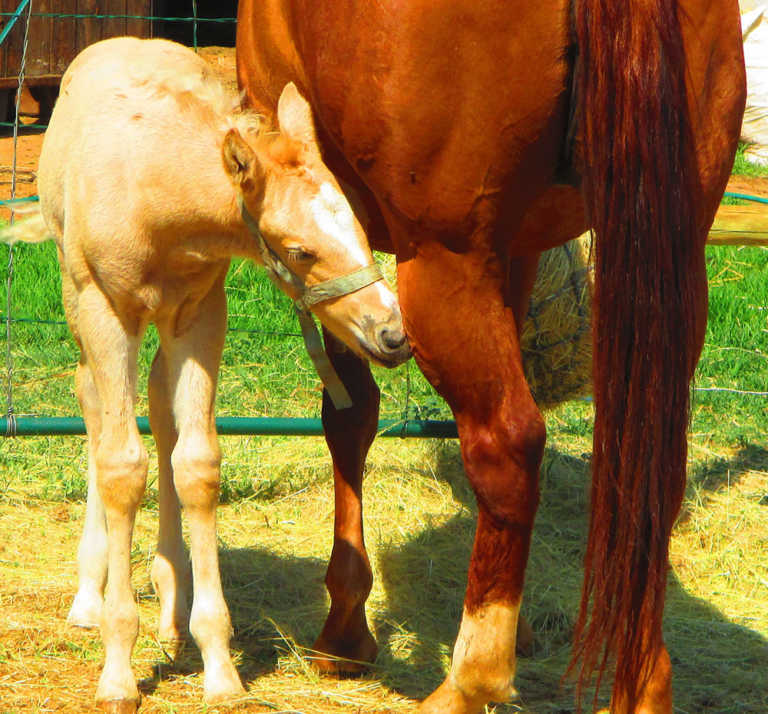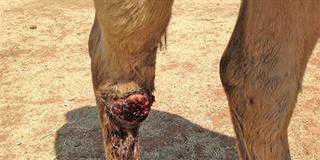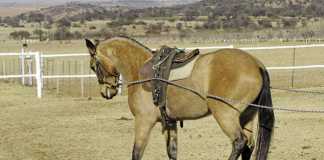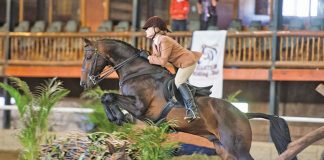
By March, the days are getting noticeably shorter and this affects the breeding cycle of mares.
They stay on heat longer and it becomes difficult to judge when they are about to ovulate. Mating a mare that is not close to ovulating is unlikely to result in a foal.
Horses are seasonal polyoestrous breeders: a mare comes into heat every 18 to 21 days from September to the end of March in the southern hemisphere.
Like most grazers, they have evolved to give birth in summer when there is enough grazing for the mothers to produce milk and raise offspring.
Mares start coming into heat in spring, when the days get longer; the heat cycles slow down and stop as the days get shorter in autumn.
Simply put, the duration of daylight stimulates the production of follicle- stimulating hormones.
A mare comes into heat when a fertile egg starts maturing in a follicle in her ovaries. She
will accept a stallion about the time of ovulation, when the follicle containing the egg ruptures, releasing the egg into her reproductive tract to be fertilised.
She remains on heat and will accept a stallion for 24 to 48 hours after ovulation.
A breeder should tease a mare and start the mating process once she accepts the stallion.
Usually, the mare is mated every second day, as excessive mating can stimulate inflammation and infection, especially early and late in the season.
Research shows the window of opportunity for fertilisation of the fertile egg is less than 24 hours.
It is crucial to get semen into the reproductive tract as close as possible to ovulation; six hours after ovulation the egg may no longer be viable.
Invaluable mares, vets carry out daily sonar examinations to measure the growing follicle. Semen is collected from the stallion and the mare inseminated once the follicle is about 3cm in diameter.
After ovulation, the ovary secretes progesterone. If a viable fertilised egg does not establish itself in the uterine wall within 14 days after ovulation, the uterus secretes prostaglandins to restart the oestrus cycle.
A vet can diagnose pregnancy using sonar 18 days after ovulation.
On average, there is only a 60% to 75% chance that a mare will conceive when mated during an oestrus cycle.
The highest chance of gestation is in the middle of summer, but fertility is also influenced by breed and nutrition.
In SA, many breeders start mating halfway through January. As summer draws to a close, especially if cloudy weather further shortens the daylight hours, the mare stays in season longer and it becomes even more difficult to predict ovulation.
It’s very important at this stage of the year to tease all mares and record how long each is in season. A vet can check the size of the follicle and thereby predict ovulation, improving the chances of fertilisation.
Dr Mac is an academic, a practising equine veterinarian and a stud owner.













